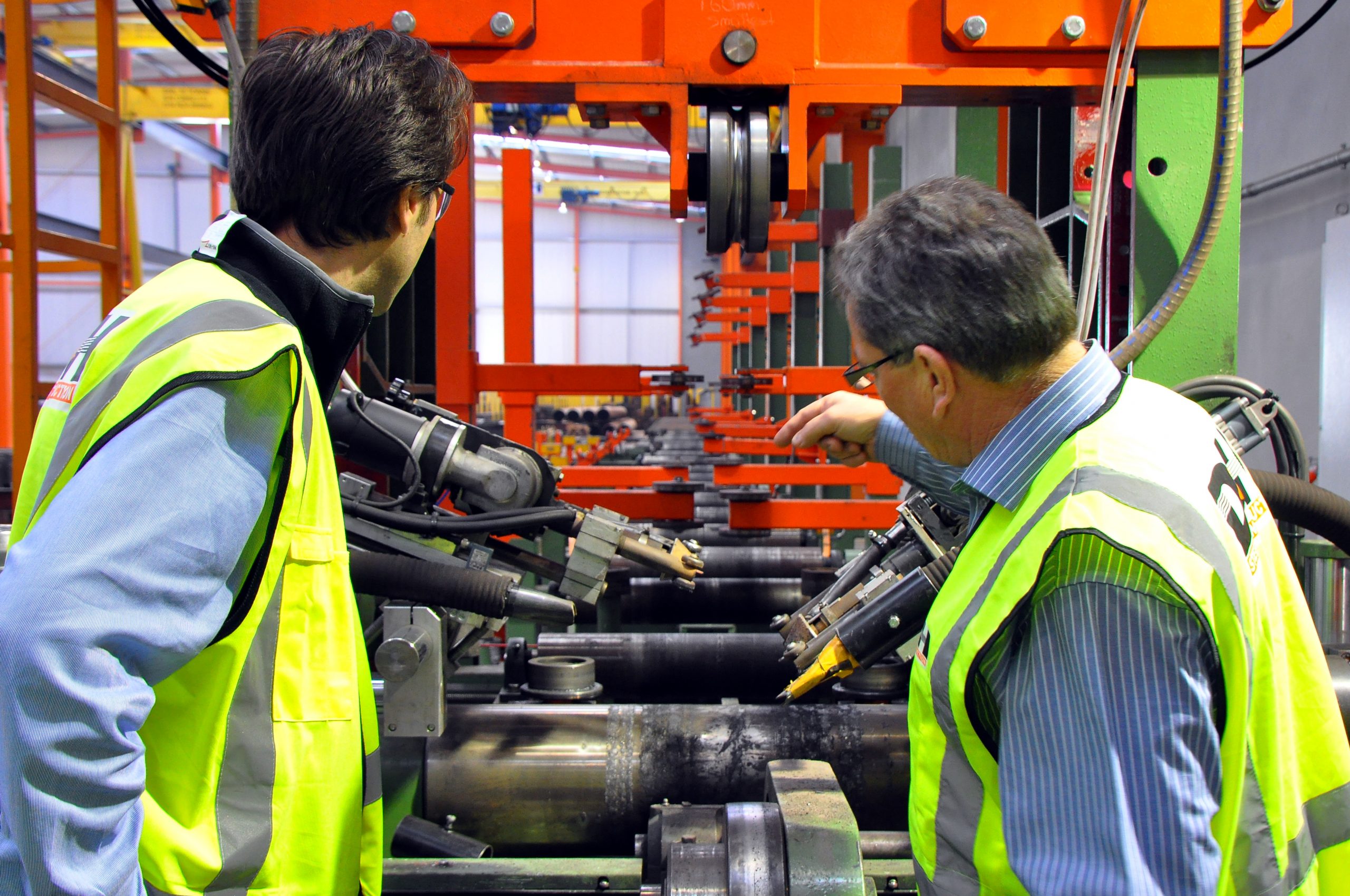A significant milestone for New Zealand structural steel industry has been achieved with the approval of the new standard AS/NZS 5131 Fabrication and Erection of Steel – released early this month.
The need for this standard has arising out of concerns that product conformance does not meet the specified requirements in an increased global construction market where quality systems vary greatly between competing suppliers from developed and lesser developed countries.
This has been recognized internationally by the introduction of the standards such as EN 1090 part 1 and 2, and work on a new ISO ‘execution standard’ for steel structures ISO 17607 that HERA has also been actively involved in.
Seeing the need for a fabrication and erection document that could supplement Australian and New Zealand design and fabrication standards with international best practice HERA and SCNZ in cooperation with the Australian Steel Institute developed the Structural Steelwork Fabrication and Erection Code of Practice, which was published in 2014. This became the basis for AS/NZS 5131 Structural steelwork—Fabrication and erection. In developing this standard reference was made to the European execution standard EN 1090-2.
AS/NZS 5131 introduces the fundamental concept of ‘construction category’ (CC), which is linked to the Importance level of the structure and provides the minimum levels of workmanship including welding required to ensure the design assumptions remain valid.
Four construction categories (CC1-4) should be specified for structural steel structures covering a wide range of applications. The technical and quality requirements become more onerous as the construction category increases. It is the role of the project Structural Engineer to specify the construction category for the structure or for elements of the structure.
It is anticipated most structures will fall into construction category 2 or 3. CC1 applies to secondary structures typically not requiring a Building Consent and for which the consequence of failure would be low such as a farm shed. CC4 only applies to railway bridges with fracture critical elements.
The principle differences between construction category 2 and category 3 requirements are that the material, weld procedure and welder traceability requirements are more onerous as is the case for the weld quality management requirement. Certification to the Weld Quality Standard AS/NZS ISO 3834 is mandatory for CC3 and CC4.
AS/NZS 5131 also extends its scope to include corrosion protection, mechanical fastening and site erection as well as a number of other items essential to control quality of structural steelwork.
The fabrication part of AS/NZS 5131 formed the basis for the Steel Fabricators Certification Scheme (SFC) that was jointly introduced by HERA and SCNZ in 2014.
The SFC scheme provides independent expert certification of New Zealand fabrication companies to ensure they have the appropriate personnel and procedures to consistently produce work of the required quality.
One of the key aspects in the implementation of the standards requirements is the verification of compliance. An independent auditing body, HERA Certifications Ltd, has been established to audit and certify steel fabrication companies.
Steel fabricators must demonstrate to an independent auditing body that they have appropriate systems in place to control the critical fabrication processes. Fabricators are certified to a construction category from CC1 to CC4 and are able to work on projects within or below the category they are certified for.
The designer specifies a Construction Category for the structural steelwork, either as a whole or for various components.
Builders must ensure that the fabricators they engage for steelwork contracts are certified for the appropriate Construction Category specified by the designer.
Following the publishing of AS/NZS 5131, the SFC scheme will be extended to include protective coatings and erection modules.
For more details on the scheme including a list of certified fabricators, click here.

